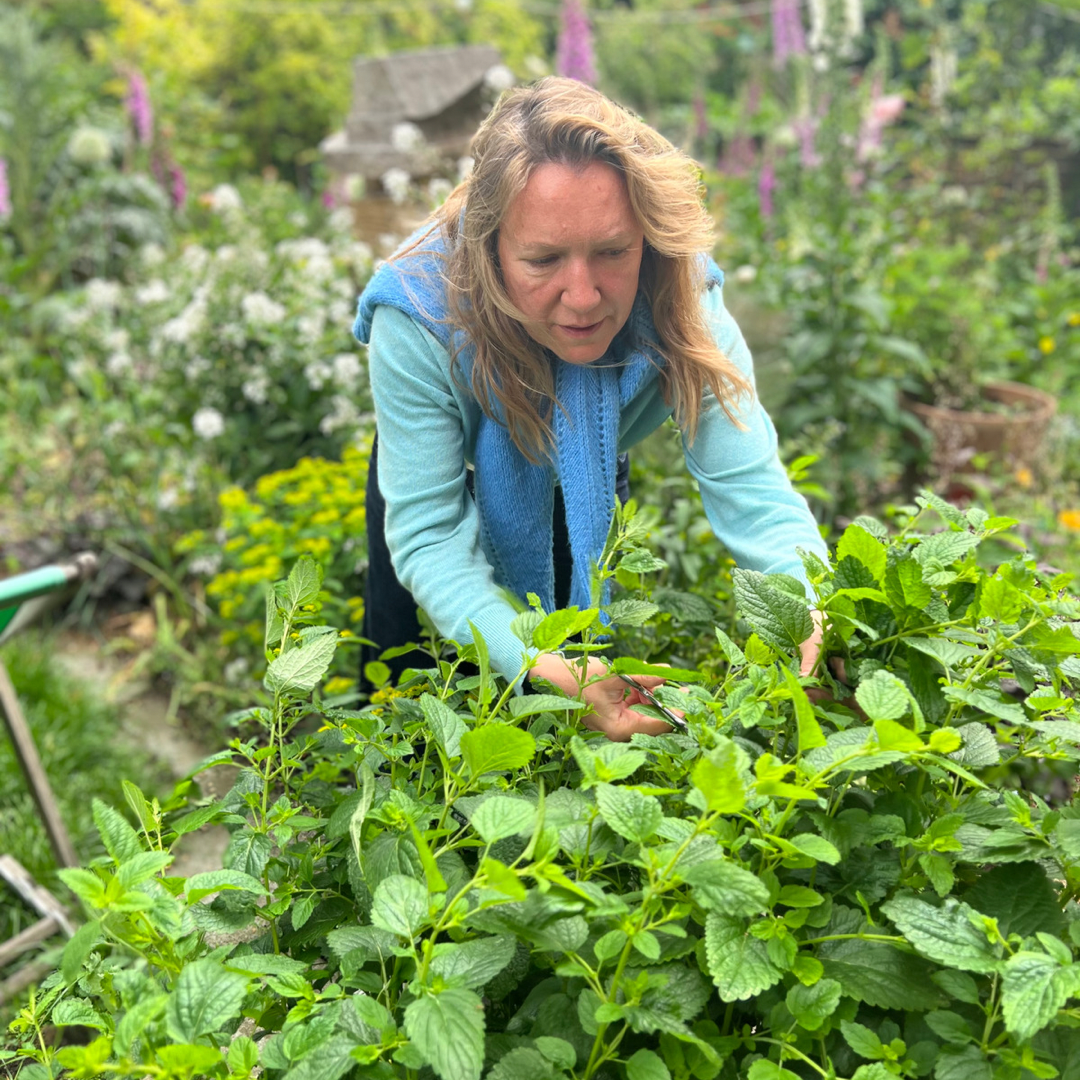
Adding Aromatics to Jam
Share
Making jam with aromatics — herbs, teas, spices, and more — is a brilliant way to elevate your preserves. Done right, it’s creative, satisfying, and delicious. But before you start throwing handfuls of rosemary into your raspberry jam, there are a few tips worth knowing.
Get to Know Your Base Jam First
Before experimenting with added flavours, it’s worth perfecting a simple fruit jam. Work with the fruit. Tweak your sugar levels. Try different varietals. The better you know your base jam, the more confidently you can layer on new dimensions without overpowering what makes it great in the first place.
Read Sky's Guide For Perfect Homemade Jam
Aromatics: When Less is More
Aromatics should never steal the show. Think of them as a harmony line to your main ingredient’s melody. Certain combinations can complement each other beautifully, bringing out surprising notes and intensifying flavour in just the right way.
Late summer and early autumn are perfect times to experiment. If you’ve got herbs growing in the garden, on the windowsill, or tucked away in a greenhouse, now’s the moment to clip and preserve them. You’ll be rewarded with the vibrant taste of summer when the darker days arrive.
Of course, if you’re not growing your own, that’s no problem. Look for good bunches of herbs at local markets or Turkish grocers, as they’re often the freshest and most generous.
Fresh or Dried Herbs and Teas
If you’re using leafy aromatics — whether fresh herbs or dried teas — remove them once you’ve reached your desired flavour. Leaving them in the fruit for too long will lead to discolouration and an unpleasant taste over time.
Most people start by immersing herbs in the fruit as it cooks, before the sugar is added. While this can work well, it’s trickier to control flavour intensity. For better control, try adding a few sprigs of fresh herbs (per kilo of fruit) or loose tea in an infusing ball, and remove them before the sugar stage.
Some flavour ideas to get you started:
- Apricot & tarragon
- Raspberry & lemon balm
- Strawberry & mint
Herbal Infusions
Another approach is to create a herbal infusion and add it to the jam either during cooking or towards the end. This method gives you more flexibility with intensity, but it can affect the set, so it’s worth testing quantities before going big.
For fresh herbs, infuse in hot water. For dried herbs and teas, a cold infusion can extract deep, clear flavours, especially useful when using black teas like Earl Grey, which can turn tannic when boiled.
Try these pairings:
- Strawberry & chamomile
- Raspberry & jasmine
- Victoria plum & Earl Grey
Essential Oils, Extracts & Spices
Essential oils and extracts offer vibrant, precise flavours. Great if you want consistency, though they can be expensive. Use them sparingly, adding by the drop at the very end of cooking for the clearest results.
If you’re working with hard spices (think cinnamon, cloves, cardamom), always use fresh, and invest in a small, accurate scale to measure them out. This is especially helpful when you want to replicate a recipe later on.
Seasonal Inspiration: Spiced Apple Butter
One of our favourite preserves we've ever made was a spiced apple butter. Smooth, mellow, and warmly spiced. It was made by slow-cooking British apples and adding ginger, cinnamon, mixed spice, nutmeg, and vanilla. Christmas in a jar.
It’s a wonderful preserve to make in October when apples are abundant and cooler weather calls for comforting flavours.
Have Fun!
There’s real joy in playing with aromatics. The chance to experiment, to surprise yourself, and to create something that brings a bit of seasonal magic to your toast or cheese board.
So go on. Start stirring, steeping, and infusing. You might just discover your new favourite jam.
